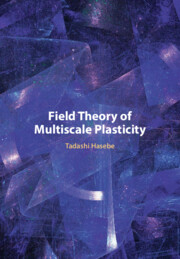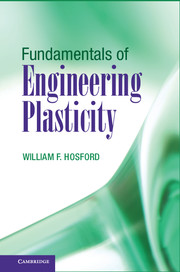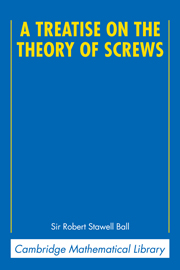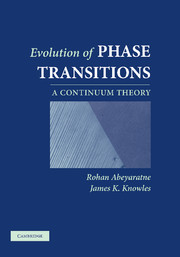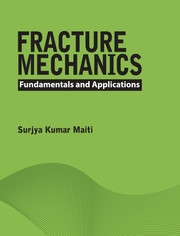Field Theory of Multiscale Plasticity
This unique book provides a concise and systematic treatment of foundational material on dislocations and metallurgy and an up-to-date discussion of multiscale modeling of materials, which ultimately leads to the field theory of multiscale plasticity (FTMP). Unlike conventional continuum models, this approach addresses the evolving inhomogeneities induced by deformation, typically as dislocation substructures like dislocation cells, as well as their interplay at more than one scale. This is an impressively visual text with many and varied examples and viewgraphs. In particular, the book presents a feasible constitutive model applicable to crystal plasticity-based finite element method (FEM) simulations. It will be an invaluable resource, accessible to undergraduate and graduate students as well as researchers in mechanical engineering, solid mechanics, applied physics, mathematics, materials science, and technology.
- Provides an intuitive approach to complex field theories, making them accessible to non-specialist readers
- Rich with a variety of visual application examples, exemplifying how simple and ready to use the theory is in practical situations
- Provides a completely new and simple, but robust, perspective to tackle MMM-problems, allows the readers to quickly master techniques with inter-/multi-disciplinary perspectives
Product details
March 2024Hardback
9781108836609
860 pages
260 × 184 × 50 mm
1.73kg
628 b/w illus. 4 tables
Available
Table of Contents
- Part I. Fundamentals:
- 1. Dislocation theory and metallurgy
- 2. Dislocation dynamics and constitutive framework
- 3. Dislocation substructures: universality of cell structures
- 4. Single crystals vs. polycrystals
- Part II. Theoretical Backgrounds: Description and Evolution:
- 5. Overview of field theory of multiscale plasticity
- 6. Differential geometrical field theory of dislocations and defects
- 7. Gauge field theory of dislocations and defects
- 8. Method of quantum field theory
- Part III. Applications I: Evolution of Inhomogeneity in Three Scales:
- 9. Identification of important scales
- 10. Scale A: modeling and simulations for dislocation substructures
- 11. Scale B: intra-granular inhomogeneity
- 12. Scale C: modeling and simulation for polycrystalline aggregate
- Part IV. Applications II: Stability and Cooperation:
- 13. Cooperation of multiple inhomogeneous fields
- 14. Outlooks: some perspectives on new multiscale solid mechanics
- 15. Flow-evolutionary law as a working hypothesis
- References
- Author index
- Subject index.

